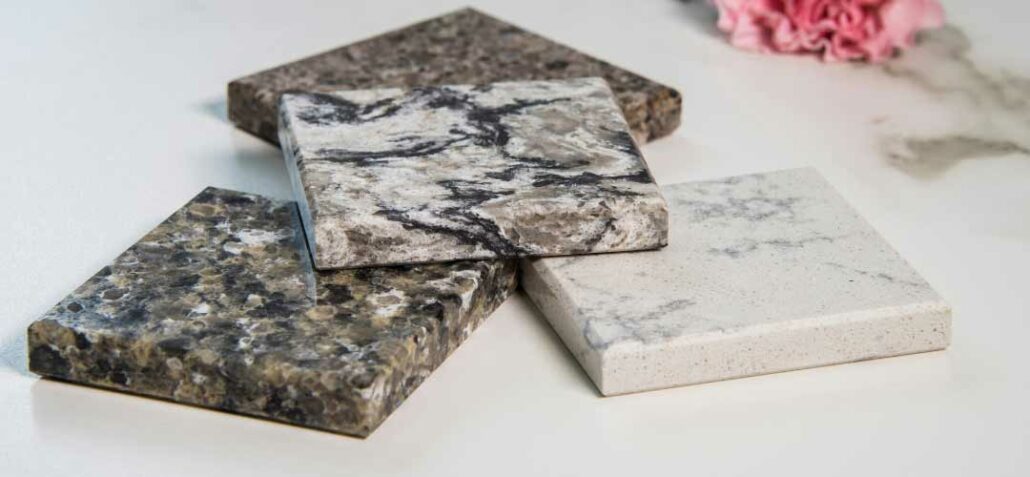Rambla Salvador Samà, 47
Vilanova i la Geltrú – Barcelona – Spain
CONTACT FORM

Humans have always been exposed to natural sources of radioactivity, such as the subsoil, water or radon gas. More recently, artificial sources from atomic tests, some medical devices and also building materials have been added.
Ionizing radiation or radioactivity is a physical phenomenon of some elements spontaneously disintegrating into more stable elements. In this process they emit high energy particles (alpha, beta, gamma, X and neutrons) that have the property of passing through opaque bodies or ionizing gases.
At home, the most important radioactivity measurements are gamma radiation and radon gas, as a source of alpha radiation.
Gamma radiation has a high energy level and is very penetrating in the human body. The severe damage it causes to cells is used in medicine and food to sterilize, i.e. to kill bacteria.
Alpha radiation has greater energy power than gamma radiation, but is less penetrating. However, it usually enters the body from breathing radon gas.

The ionizing effect provides sufficient energy to strip electrons from atoms in the cells of the human body. Unwanted chemical reactions can occur, leading to alterations in chromosomes and cell membranes. Subsequent fragmentation and reproduction of these cells can extend these alterations to the genetic material (DNA).
The negative effects caused by radioactivity on organs and tissues depend on the dose received or absorbed, the type of radioactivity and the sensitivity of the different organs and tissues.
Continuous low doses of ionizing radiation over time are sufficient to increase the risk of long-term effects, such as cancer or brain damage to the fetus. This phenomenon is known as the Petkau effect. For this reason it is advisable to avoid radioactive elements at home as much as possible, even if they are of low emission.
The World Health Organization classifies radioactivity as a carcinogen because of the serious damage it causes to the skin and organs of the human body.
Building materials can subject people living or working in buildings to higher doses of radiation than they would receive in a natural environment. Radioactive materials should be avoided as much as possible in order to prevent long-term effects.
In general, construction materials made of waste or more recent formation rocks, such as volcanic rocks contain larger radioactive elements, such as thorium-232, radium-226 and potassium-40. Among these elements we can find granite, basalt or concrete to which fly ash has been added.
On the other hand, materials of organic origin such as wood, or derived from sedimentary rocks such as natural gypsum or limestone sand provide low radioactivity values.
Thus, the raw material used is the main factor which states the radioactivity of building materials such as bricks or tiles.

The measurement of radioactivity includes measuring the pulse rate as well as measuring and recording the radon gas concentration.
Radioactive pulses from building materials, equipment and installations suspected of radioactivity are measured. Different measuring devices can be used, the most common being the Geiger-Müller tube counter or the scintillation counter.
In bio-construction it is considered that inside the dwelling the measured values of radioactivity should not exceed the values obtained in the local natural environment.
Rambla Salvador Samà, 47
Vilanova i la Geltrú – Barcelona – Spain

2025 © Copyright - Carles Surià